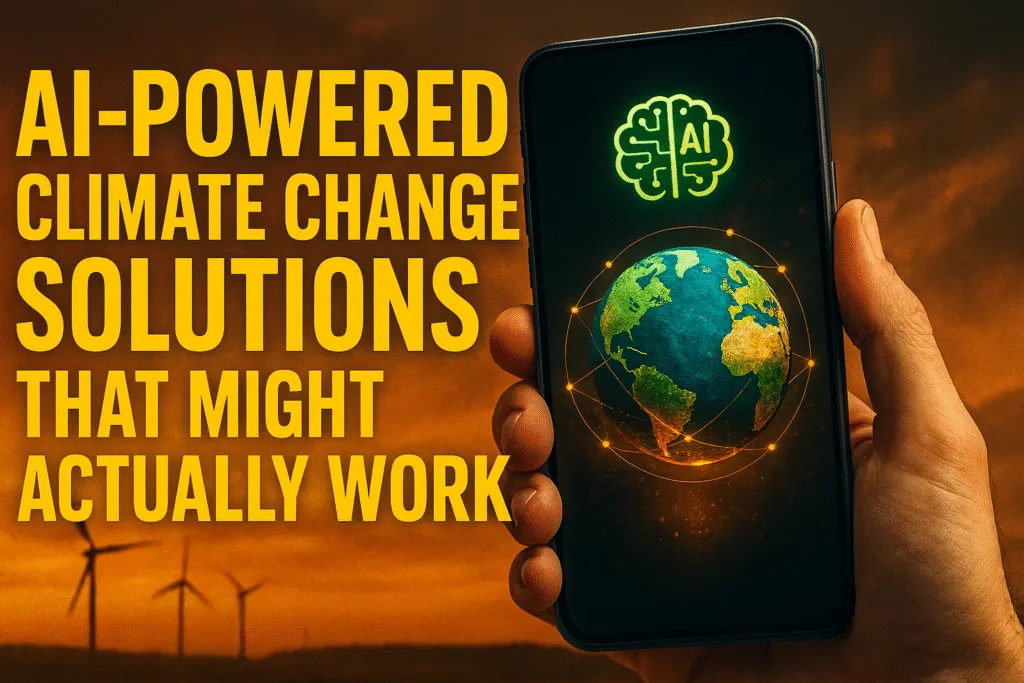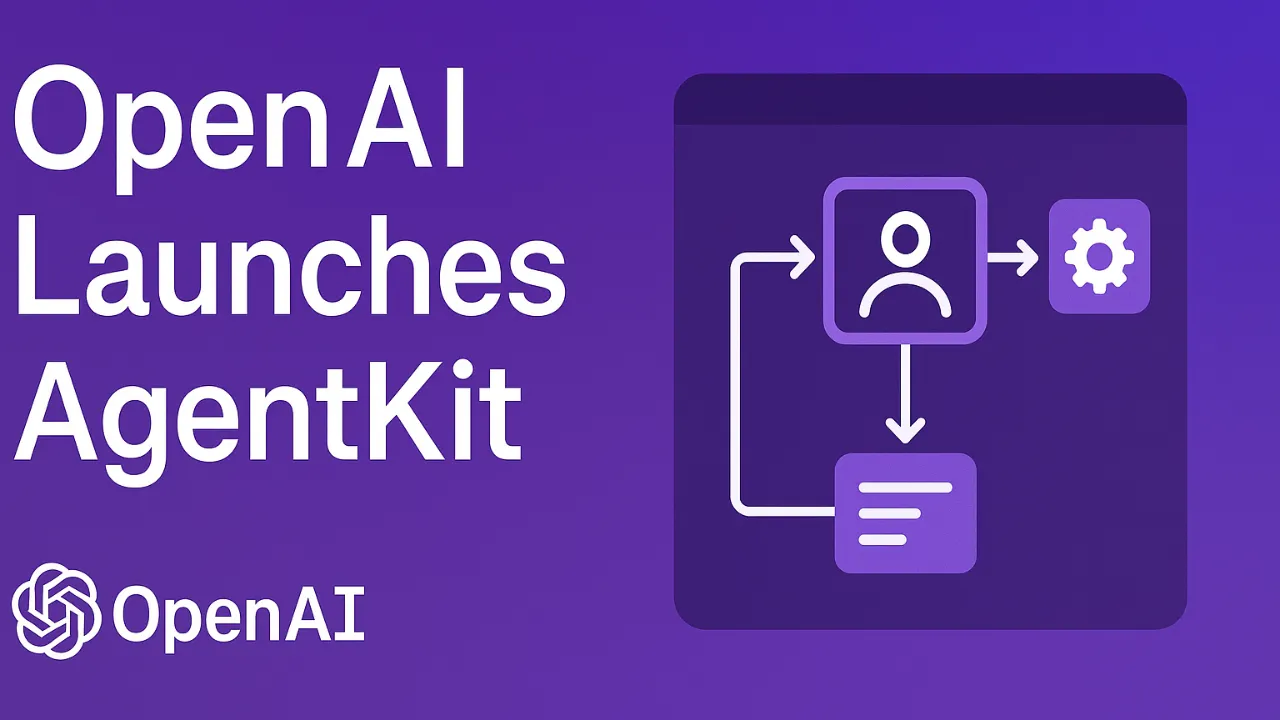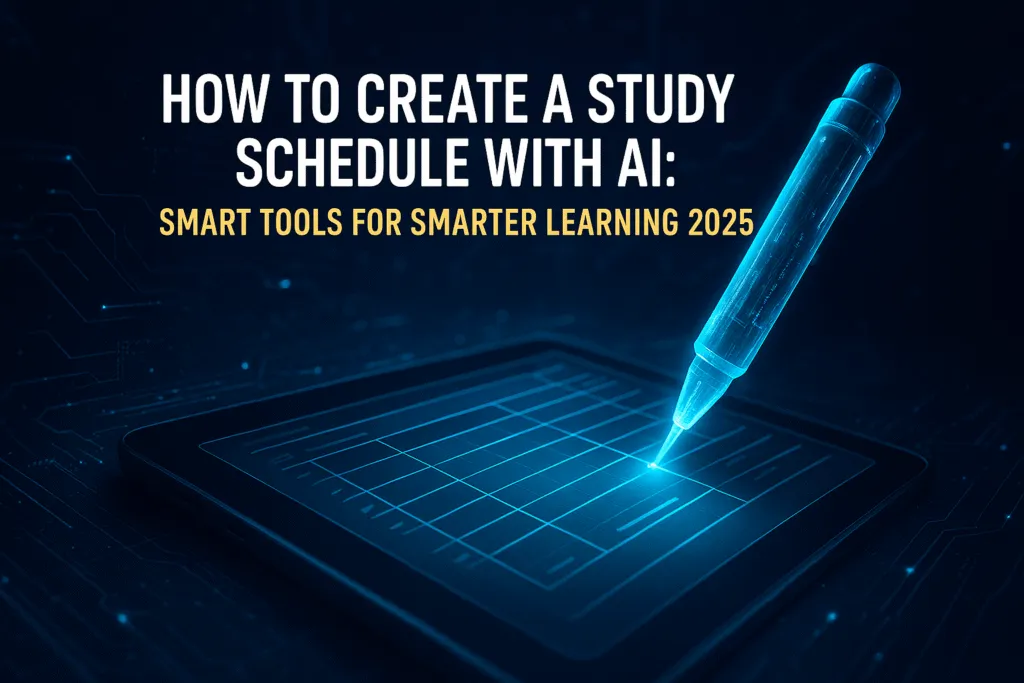Introduction
Climate change is one of the most urgent challenges of our time, affecting every corner of the planet and influencing how we live, work, and plan for the future. As rising temperatures, unpredictable weather patterns, and environmental degradation continue to disrupt ecosystems, the need for effective climate change solutions has never been greater. From reducing greenhouse gas emissions to protecting biodiversity, finding innovative approaches is essential for creating a sustainable future.
Technology is playing a transformative role in this mission, with artificial intelligence, renewable energy systems, and advanced data analytics driving new possibilities. These tools not only help us understand the complex science behind climate change but also enable us to predict future patterns and respond more effectively. For example, AI can process vast amounts of climate data, optimize energy use, and even help monitor deforestation or ocean pollution in real time. Such advancements are opening doors to solutions that are both efficient and scalable.
However, the journey toward impactful climate change solutions is not just about technology. It also requires strong policies, global cooperation, and active participation from individuals, businesses, and governments. Small changes in lifestyle, sustainable business practices, and community-driven initiatives can collectively create a significant impact. When combined with innovative technologies, these efforts become even more powerful.
By exploring the intersection of science, technology, and human action, we can uncover strategies that not only slow down the effects of climate change but also create long-term resilience. In the following sections, we’ll dive deeper into how emerging technologies, especially artificial intelligence, are shaping the future of environmental protection and helping build a healthier planet for generations to come.
How AI Helps Study Climate Change
Understanding the complexity of our planet’s climate requires more than traditional observation methods. Climate change involves countless variables—temperature fluctuations, ocean currents, greenhouse gas levels, and even subtle shifts in vegetation patterns—that interact in ways too complex for the human mind alone to track. This is where artificial intelligence becomes a powerful ally in developing effective climate change solutions.
AI can process massive volumes of climate data collected from satellites, weather stations, and environmental sensors. Unlike manual analysis, AI systems can detect patterns and correlations hidden deep within these datasets, enabling scientists to make more accurate climate models. For example, machine learning algorithms can predict temperature changes, rainfall patterns, or the likelihood of extreme weather events with greater precision, helping governments and communities prepare in advance.
Another strength of AI is its ability to simulate different climate scenarios. By feeding historical and real-time data into AI models, researchers can forecast how ecosystems, ice sheets, and sea levels might respond under various emission conditions. This not only improves our understanding of climate trends but also guides policy-making, urban planning, and disaster management.
AI is also instrumental in monitoring environmental changes in real time. It can automatically detect signs of deforestation, glacier melting, or ocean pollution from satellite imagery, alerting scientists before the damage becomes irreversible. Such capabilities ensure that climate change solutions are not just reactive but proactive, allowing for timely interventions.
By turning raw data into actionable insights, AI bridges the gap between observation and decision-making. It equips researchers, policymakers, and innovators with the knowledge needed to address climate challenges effectively, making it a cornerstone of our fight for a sustainable future.
AI for Renewable Energy
Renewable energy is at the heart of effective climate change solutions, offering a cleaner and more sustainable alternative to fossil fuels. However, managing renewable sources like solar and wind comes with its own challenges—energy production can be unpredictable, storage systems require optimization, and grid stability must be maintained. This is where artificial intelligence plays a game-changing role.
AI can forecast energy generation by analyzing weather patterns, sunlight exposure, and wind speeds with remarkable accuracy. These predictions help energy providers plan ahead, ensuring a steady supply of electricity even when natural conditions fluctuate. For instance, AI-powered systems can predict when a wind farm will produce its peak output or when solar panels will generate the most energy, allowing for better scheduling and distribution.
In addition to forecasting, AI optimizes energy storage and distribution through smart grids. A smart grid uses AI algorithms to balance supply and demand in real time, reducing energy waste and preventing blackouts. This makes renewable power more reliable and efficient, which is crucial for encouraging wider adoption.
AI also supports the maintenance of renewable energy systems. By using predictive analytics, it can detect early signs of wear or malfunction in turbines, panels, and storage units, preventing costly downtime. This extends the life of renewable infrastructure while keeping operational costs low.
Furthermore, AI enables the integration of multiple renewable sources into a unified energy network. By coordinating solar, wind, hydro, and battery storage systems, AI ensures maximum efficiency and minimal environmental impact.
By making renewable energy smarter, more reliable, and cost-effective, AI accelerates the global transition away from fossil fuels. This technological synergy not only reduces carbon emissions but also lays the groundwork for a sustainable, climate-resilient energy future.
AI in Reducing Carbon Emissions
Cutting down carbon emissions is one of the most urgent priorities in climate change solutions, and artificial intelligence is proving to be a powerful tool in this mission. From optimizing industrial processes to tracking emissions in real time, AI is helping industries, cities, and governments take targeted action to lower their environmental footprint.
One of AI’s key strengths lies in its ability to identify inefficiencies. In manufacturing, AI-powered systems can analyze production lines, detect energy waste, and recommend adjustments that reduce fuel consumption and emissions without compromising output. Similarly, in transportation, AI can optimize delivery routes, improve traffic management, and encourage the use of electric or low-emission vehicles by analyzing real-time traffic and fuel usage data.
AI also plays a critical role in emissions monitoring. Using satellite imagery, drones, and IoT sensors, AI can detect sources of greenhouse gases such as methane leaks, industrial smoke, or excessive energy consumption in buildings. These insights allow authorities and businesses to respond quickly, stopping emissions before they escalate.
In energy-intensive sectors like steel, cement, and chemical production, AI-driven automation helps fine-tune processes for maximum efficiency, reducing the carbon output per unit produced. Even in agriculture, AI can manage fertilizer use, water supply, and crop planning to limit emissions from soil and livestock.
Another promising area is AI’s contribution to carbon capture technologies. By analyzing data from capture systems, AI can improve the efficiency of storing or repurposing CO₂, making these solutions more cost-effective and scalable.
Through precise monitoring, predictive analytics, and intelligent optimization, AI enables targeted strategies that cut emissions at the source. This not only supports global climate goals but also helps industries transition toward greener and more sustainable operations.
AI for Predicting and Adapting to Climate Risks
One of the biggest challenges in tackling climate change is not just reducing its causes but also preparing for its inevitable impacts. Extreme weather events, rising sea levels, prolonged droughts, and shifting ecosystems are becoming more frequent and severe. Artificial intelligence is playing a vital role in predicting these risks and helping communities adapt, making it a key part of effective climate change solutions.
AI can process decades of historical climate data alongside real-time environmental information to forecast potential threats with remarkable accuracy. For example, machine learning models can predict the likelihood, timing, and intensity of hurricanes, floods, or heatwaves. These forecasts give governments and disaster management teams the lead time needed to issue warnings, evacuate vulnerable areas, and prepare emergency resources.
Beyond disaster prediction, AI helps in long-term climate adaptation planning. Urban planners use AI-powered simulations to design cities that can better withstand extreme weather, from flood-resistant infrastructure to heat-mitigating green spaces. Similarly, farmers can benefit from AI tools that forecast droughts or pest outbreaks, enabling them to adjust planting schedules and resource use.
AI is also improving early warning systems for climate-related hazards. By integrating satellite imagery, sensor data, and weather models, AI can detect subtle environmental changes that may precede larger events, such as glacier melting or dam overflow. This proactive approach reduces potential damage and saves lives.
Furthermore, AI can assess the vulnerability of specific regions by combining socioeconomic data with environmental risk factors. This helps policymakers prioritize investments in resilience-building projects where they are most needed.
By turning massive datasets into actionable insights, AI ensures that adaptation strategies are timely, targeted, and effective. In a world where climate risks are no longer distant possibilities but present realities, such capabilities are essential for protecting communities and ecosystems.
AI in Farming and Forest Protection
Agriculture and forests are both deeply affected by climate change, yet they also play a crucial role in addressing it. Smarter farming practices and sustainable forest management are essential climate change solutions, and artificial intelligence is transforming both areas with data-driven precision and efficiency.
In farming, AI-powered tools are helping farmers use resources more efficiently while increasing productivity. Precision agriculture systems analyze data from drones, soil sensors, and weather forecasts to guide irrigation, fertilizer application, and pest control. This reduces water waste, limits harmful chemical use, and lowers greenhouse gas emissions from farming activities. AI can also predict crop diseases and pest outbreaks before they spread, enabling early intervention and reducing losses.
For livestock farming, AI monitors animal health, optimizes feed usage, and tracks emissions from herds, helping reduce methane output. These improvements not only make farming more sustainable but also more profitable for producers.
In forest protection, AI is proving invaluable in monitoring deforestation and detecting illegal logging. Satellite imagery and machine learning algorithms can identify tree cover loss in real time, alerting authorities to take action. AI can also track forest health by detecting signs of disease, drought stress, or wildfire risks.
Some AI systems even predict how forests will respond to different climate scenarios, helping conservationists plan reforestation projects and biodiversity protection strategies. By combining AI insights with on-the-ground conservation efforts, we can protect forests as powerful carbon sinks while preserving wildlife habitats.
By applying AI to both farming and forestry, we can strike a balance between meeting human needs and safeguarding the environment. Smarter agriculture and stronger forest protection ensure that these vital ecosystems continue to thrive while contributing to a healthier, more sustainable planet.
AI for Oceans and Marine Life
Oceans are vital to Earth’s climate system, absorbing large amounts of carbon dioxide and regulating global temperatures. They also sustain millions of species and provide livelihoods for billions of people. However, climate change is causing ocean warming, acidification, pollution, and habitat loss, putting marine ecosystems under severe pressure. Artificial intelligence is emerging as a key tool in climate change solutions focused on protecting and restoring our oceans.
AI is revolutionizing ocean monitoring by analyzing vast amounts of data from satellites, underwater drones, and sensor-equipped buoys. These systems can track changes in sea temperature, pH levels, and oxygen content, helping scientists understand how climate change is affecting marine life. For example, AI can detect early signs of coral bleaching, allowing conservation teams to take action before reefs suffer irreversible damage.
Marine pollution, especially plastic waste, is another critical challenge. AI-powered image recognition can identify and track floating debris from aerial or satellite imagery, enabling faster cleanup operations. Some autonomous robots equipped with AI are even designed to collect waste directly from the ocean surface.
AI also plays a role in marine species protection. By processing acoustic data, AI can monitor whale migration patterns, track endangered fish populations, and detect illegal fishing activity. These insights support better enforcement of marine protection laws and help scientists design more effective conservation zones.
In addition, AI-driven climate models can predict the impact of rising sea levels and changing ocean currents on coastal communities, guiding adaptation strategies such as building natural barriers like mangroves or restoring wetlands.
By combining real-time monitoring with predictive analysis, AI is helping to protect the health of our oceans while supporting the marine life that depends on them. Healthy oceans are not just an environmental priority—they are essential for the stability of the entire planet.
Challenges and Ethical Issues
While artificial intelligence offers powerful tools for advancing climate change solutions, its adoption also brings a set of challenges and ethical considerations that cannot be ignored. Addressing these concerns is essential to ensure that AI truly benefits both people and the planet.
One of the biggest challenges is data quality and accessibility. AI relies on vast amounts of accurate and up-to-date information, but climate data is often incomplete, inconsistent, or inaccessible in certain regions. Without reliable data, AI predictions and recommendations may be flawed, leading to ineffective or even harmful decisions.
Another concern is the environmental cost of AI itself. Training large AI models requires significant computing power, which consumes energy and can generate substantial carbon emissions. Without using renewable energy sources and optimizing efficiency, the very technology meant to help the environment could contribute to the problem.
Ethical issues also arise around fairness and equity. AI-driven climate strategies may inadvertently favor wealthier countries or corporations with better technology access, leaving vulnerable communities behind. This creates a risk of widening the gap between those who can adapt to climate change and those who cannot.
There are also risks related to misuse and transparency. AI algorithms may be used to promote unsustainable industrial practices if driven by short-term profit goals. Additionally, many AI models operate as “black boxes,” meaning their decision-making process is not fully transparent, making it harder for policymakers or the public to trust their recommendations.
Finally, global cooperation is crucial. Climate change is a shared problem, and if AI solutions are kept proprietary or used competitively, their overall impact could be diminished. Ensuring open data sharing, ethical guidelines, and international collaboration will be key to maximizing the benefits of AI in the fight against climate change.
Future of AI in Climate Action
The future of AI in climate action holds immense promise, with innovations that could dramatically accelerate the development and implementation of climate change solutions. As AI technology advances, it is becoming faster, more energy-efficient, and capable of handling increasingly complex environmental challenges.
In the coming years, AI is expected to integrate more deeply with other emerging technologies such as quantum computing, advanced robotics, and next-generation sensors. This combination will enable climate models that are not only more accurate but also able to simulate long-term environmental changes in greater detail. Such precision will help policymakers and scientists design strategies that anticipate challenges decades in advance.
AI is also likely to play a central role in global carbon management. From optimizing renewable energy grids on an international scale to enhancing carbon capture systems, future AI systems could coordinate efforts across borders, ensuring that emission reduction targets are met more efficiently.
Another exciting prospect is the democratization of AI-powered climate tools. Cloud-based platforms and open-source initiatives may give communities, researchers, and small businesses access to the same advanced analytical capabilities currently available only to large organizations. This could make climate action more inclusive, ensuring that every region—regardless of resources—can contribute meaningfully.
In addition, AI will continue to support nature-based solutions, such as reforestation, wetland restoration, and biodiversity protection, by providing real-time monitoring and predictive insights. As AI becomes more interpretable and transparent, public trust in its recommendations will also grow, encouraging broader adoption.
Ultimately, the future of AI in climate action is not just about technology—it’s about collaboration, equity, and sustainability. By aligning innovation with environmental and social responsibility, AI can help create a resilient, low-carbon future where people and the planet thrive together.
Conclusion
Artificial intelligence is proving to be one of the most powerful allies in the fight against climate change, offering innovative tools that make climate change solutions more accurate, efficient, and scalable. From predicting extreme weather events and optimizing renewable energy systems to reducing carbon emissions and protecting vital ecosystems, AI is helping bridge the gap between data and decisive action.
What makes AI especially valuable is its ability to process massive amounts of information quickly and turn it into practical strategies. Whether it’s guiding farmers toward sustainable practices, detecting illegal logging in remote forests, or forecasting shifts in ocean health, AI empowers decision-makers with insights that would otherwise take years to uncover.
However, technology alone cannot solve the climate crisis. AI must be implemented alongside strong policies, ethical frameworks, and global cooperation. This means ensuring that AI tools are accessible to all, powered by clean energy, and developed with transparency and fairness in mind. Without these safeguards, there is a risk of leaving vulnerable communities behind or unintentionally worsening the problem.
Looking ahead, the integration of AI with other emerging technologies will unlock even more possibilities for environmental protection and climate resilience. But the success of these efforts will depend on how we choose to use them—whether for short-term gains or long-term sustainability.
The challenge of climate change is immense, but with AI’s capabilities and human determination combined, a healthier, more sustainable future is within reach. By working together—scientists, technologists, policymakers, and citizens—we can ensure that AI becomes not just a tool, but a catalyst for meaningful, lasting climate action.
Also Read: AI-Powered Video Editing: Tools and Trends in 2025.
FAQs
1. How can AI help fight climate change?
AI can analyze massive climate datasets, predict extreme weather events, optimize renewable energy systems, reduce carbon emissions, and monitor environmental changes in real time. These capabilities make climate change solutions faster, more accurate, and more effective.
2. Can AI really predict climate risks accurately?
Yes. By combining historical climate data with real-time inputs from satellites and sensors, AI models can forecast events like floods, droughts, hurricanes, and heatwaves with high accuracy, giving communities time to prepare.
3. Is AI environmentally friendly?
While AI offers powerful environmental benefits, training large AI models can consume significant energy. The key is to power AI systems with renewable energy and improve their efficiency so their carbon footprint remains low.
4. How is AI used in renewable energy?
AI forecasts energy generation from solar, wind, and other renewable sources, optimizes smart grids, improves storage systems, and ensures efficient energy distribution—making renewables more reliable and cost-effective.
5. Can AI help reduce carbon emissions in industries?
Absolutely. AI identifies inefficiencies in manufacturing, transportation, and agriculture, helping to cut fuel use and emissions. It also supports carbon capture technologies by improving their effectiveness.
6. Will AI replace human decision-making in climate action?
No. AI is a tool that provides valuable insights and automation, but human judgment, ethics, and policymaking remain essential in implementing climate strategies.
7. How can AI help protect biodiversity?
AI can track wildlife populations, detect illegal activities like poaching or logging, monitor ecosystem health, and predict how species may respond to climate changes, aiding in better conservation efforts.
8. Is AI accessible to all countries for climate action?
Currently, wealthier nations have more access to advanced AI tools, but open-source platforms and global collaborations are making them increasingly available worldwide.













